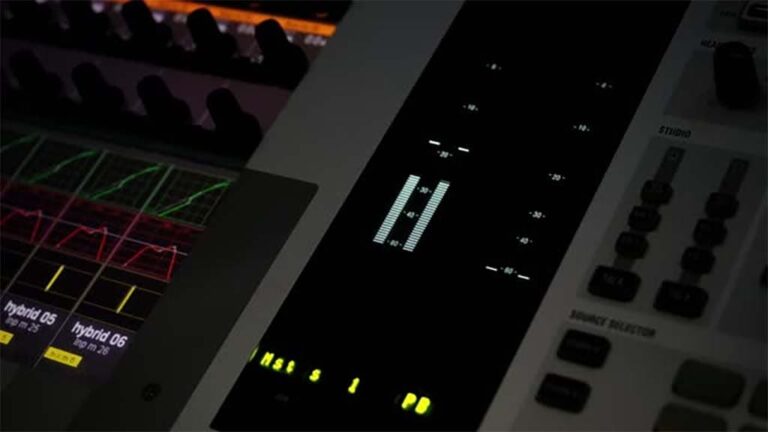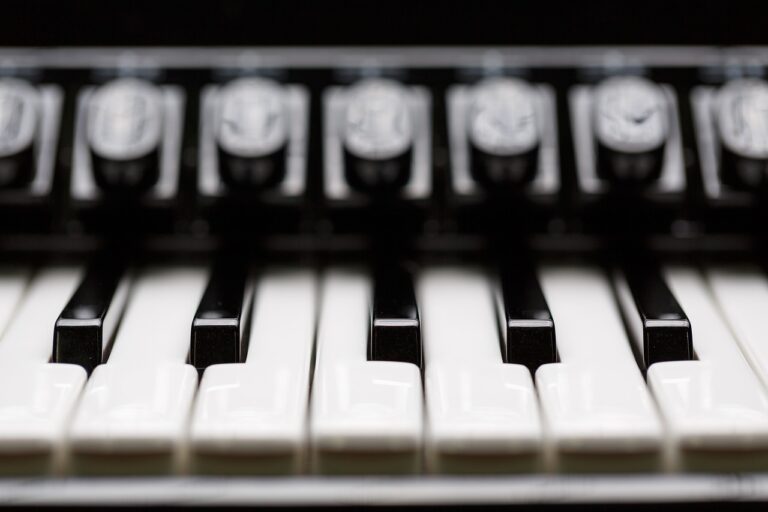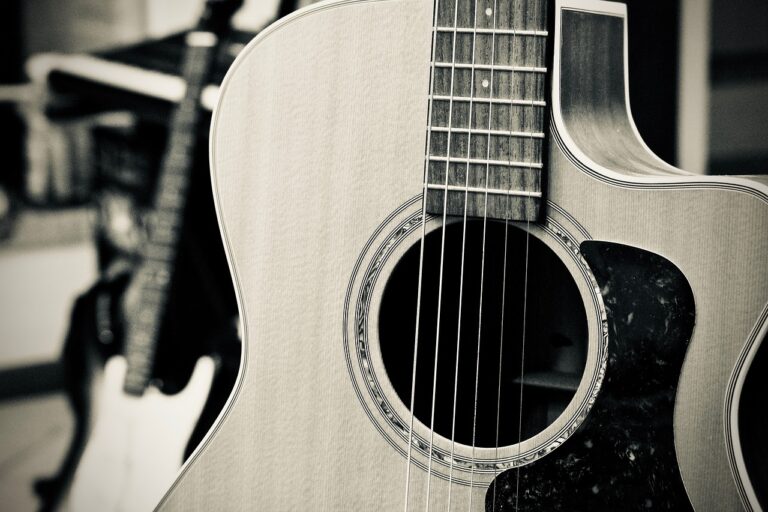The temporal organization of music is one of the most variable elements of music. The existence of rhythm in music allows us to draw analogies with other forms of art that use rhythm as an important element of expression.
Poetry played a major role in shaping the concepts and definitions of the rhythmic organization of music. The classical theory of meter is characterized by the use of definitions borrowed from the theory of versification. For example, the rhythmic organization of motifs is represented as iambic, choric, and amphibrachic.
Such an intertwining of concepts is not accidental and arises from the need to organize in some way the most mysterious thing in the universe – time.
Unlike other elements (harmony, melody, etc.) the temporal organization of music is very poorly understood and the knowledge we can use to develop our musical abilities is tentative. This knowledge can be used only at the initial stage of training as an aid to mastering real, live music.
Usually time in music is represented by 4 main categories:
- Rhythm
- meter
- Tempo
- Size
You can also add to this list such a concept as agogy (from the Greek. lead, deviation) – slowing down and speeding up to help reveal the meaning of musical intonation.
Each of these temporal categories is implemented differently in different styles of music. For example, in early jazz, meter did not play a big role, and the main importance was given to the variety of rhythms and accents. In progressive rock and avant-garde, there is a different tendency: the strengthening of the role of the meter with an ostinato rhythm.
What is rhythm from a musical point of view?
Musical rhythm is the temporal and accentual aspect of melody, harmony, texture, thematicism, and all other elements of musical language. The word rhythm itself comes from the Greek word flow.
An important condition for understanding rhythm is the fact that rhythm cannot exist separately from the other elements of the musical fabric, such as texture, harmony, etc. (except for percussion instruments, although the texture is there too).
Rhythm in music manifests itself both at the level of small units (durations) and at the level of large units (parts of a form or a multi-part piece).
I reviewed the binary, ternary, as well as the 5 division system here.
The interesting fact is that at the dawn of the rhythmic division system, the norm was a system of divisions by three, not by two. Then binarity supplanted trinity, and then they became equal.
The system of division into 5, 7, 9 etc. was initially considered exotic and was used rather intuitively than consciously (the formation of “untranscribed” rhythms in improvisations of modern masters is another confirmation of it). Gradually, however, they became a standard way to diversify rhythmic figures.
Important elements that characterize rhythm are also: commensurability and repetition.
The proportionality of durations is a relative concept, which depends on the proximity or remoteness of individual sounds in terms of their temporal significance. Thus, it is possible to talk about the proximity or commensurability of a quarter and an eighth, a quarter and a half, a half and an eighth, all of them together among themselves. It is much more difficult to speak about commensurability when hearing the sixty-fourth and the whole durations. It means that the commensurability should be “correct”, otherwise you will get arrhythmic music (about this in a separate article).
Try to imagine the alternation of the whole and thirty-second. The ear will not be able to order this rhythmic figure because it relies on repetition to perceive rhythm.
Of course, metre also plays a big role, since repetition may or may not coincide with it.
Durations are larger than the whole.
In modern music, the standard of rhythm is the whole duration, since its division gives all the others. What is often overlooked, however, is the relativity of any type of duration. A whole can last as long as an eighth at a certain tempo. Conditionality in the notation of durations and reliance on the whole is a system that did not take shape long ago, but is very popular because it allows you to understand and structure a large number of rhythms very quickly without having to delve into the maze. Longs and brevis type durations (equal to two and four integers) only make it harder to perceive and understand the rhythm. As a rule, in a piece 16 (18) times the division is the maximum that is technically accessible to most performers, for this reason the use of large durations makes no sense.
Although mathematically there is an innumerable number of rhythmic figures, in practice they are usually formed according to certain laws of internal organization.









